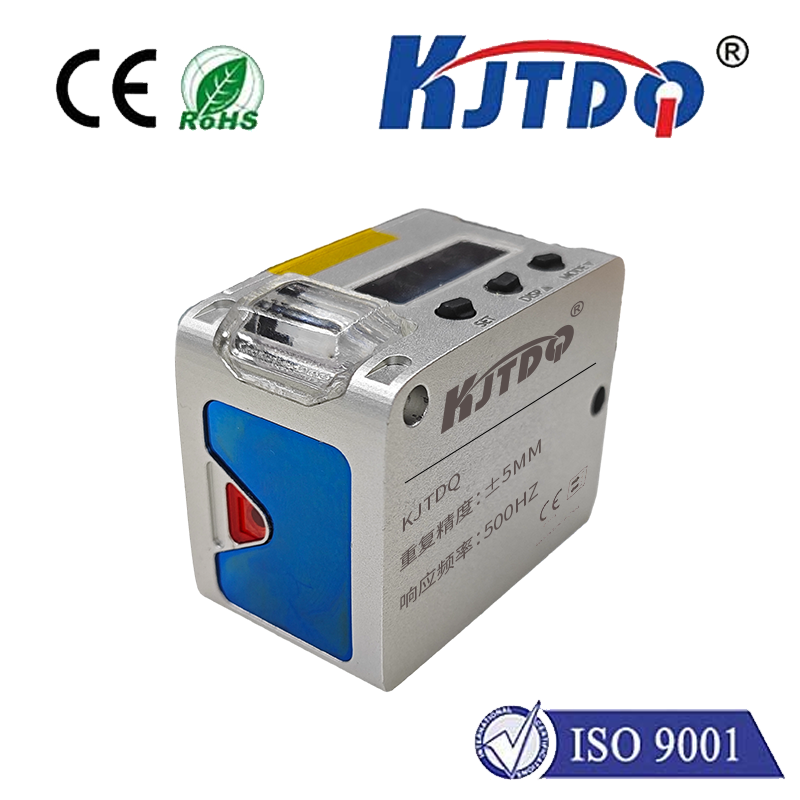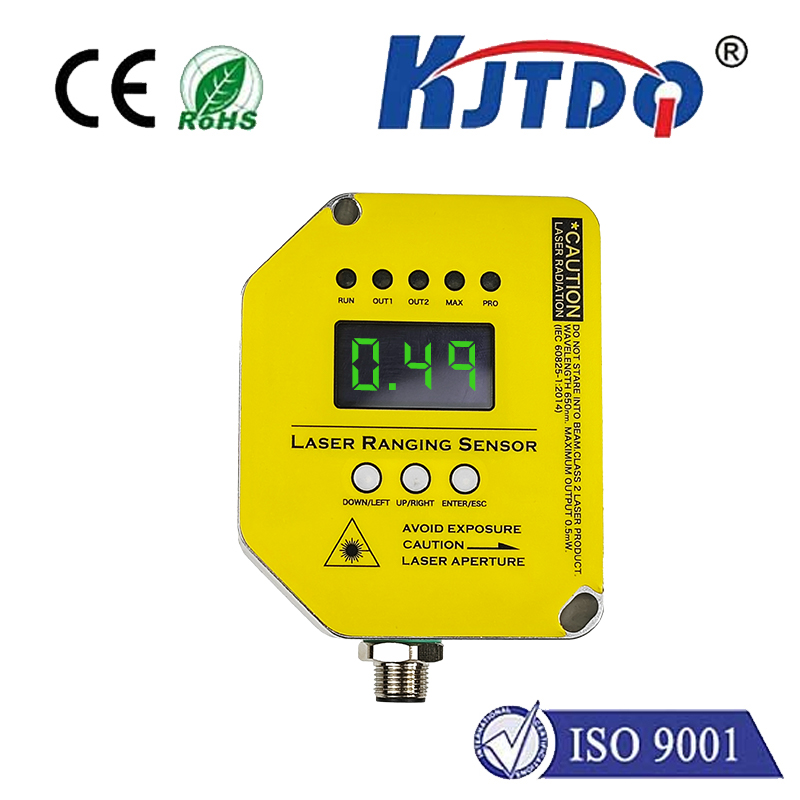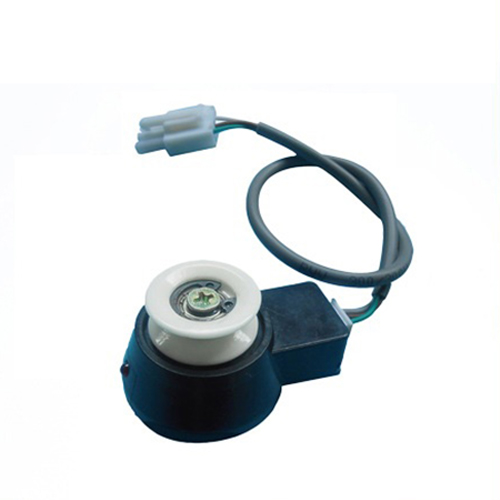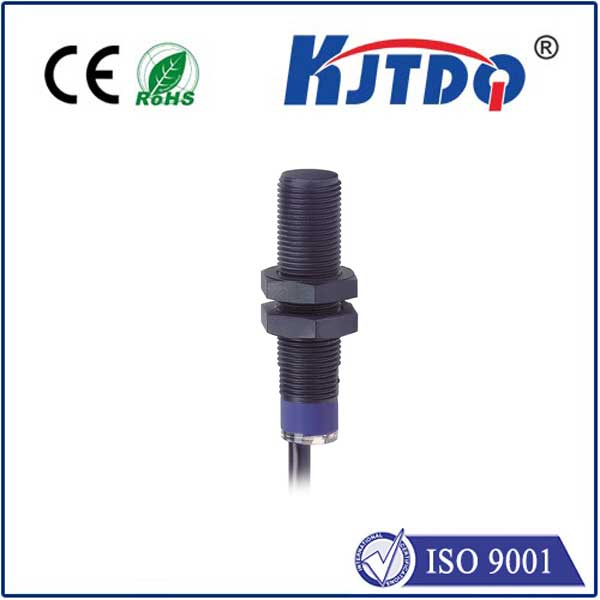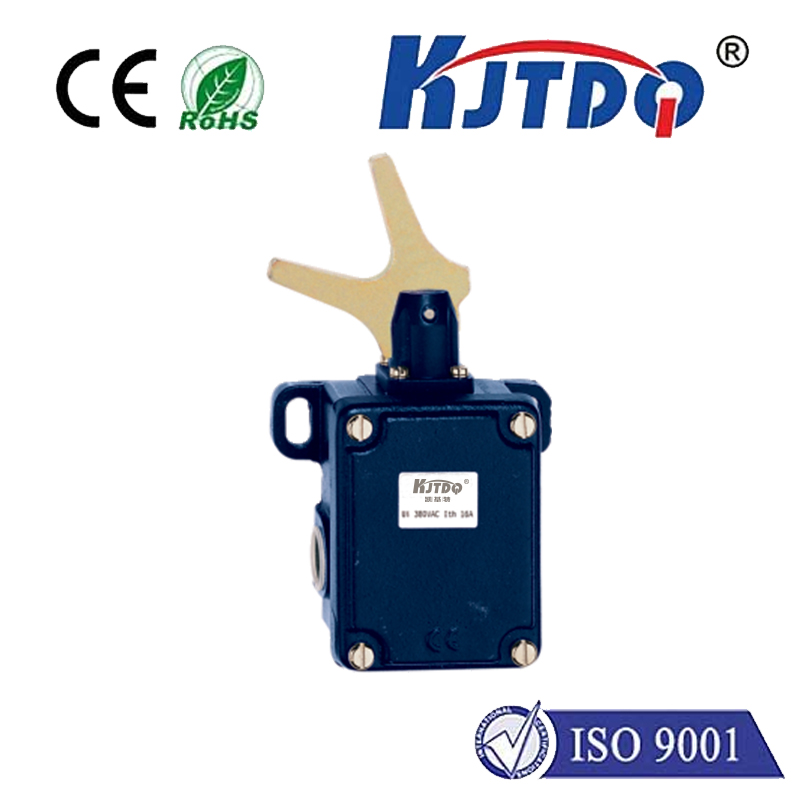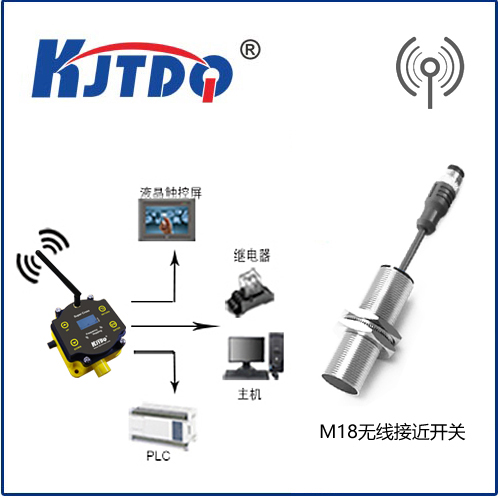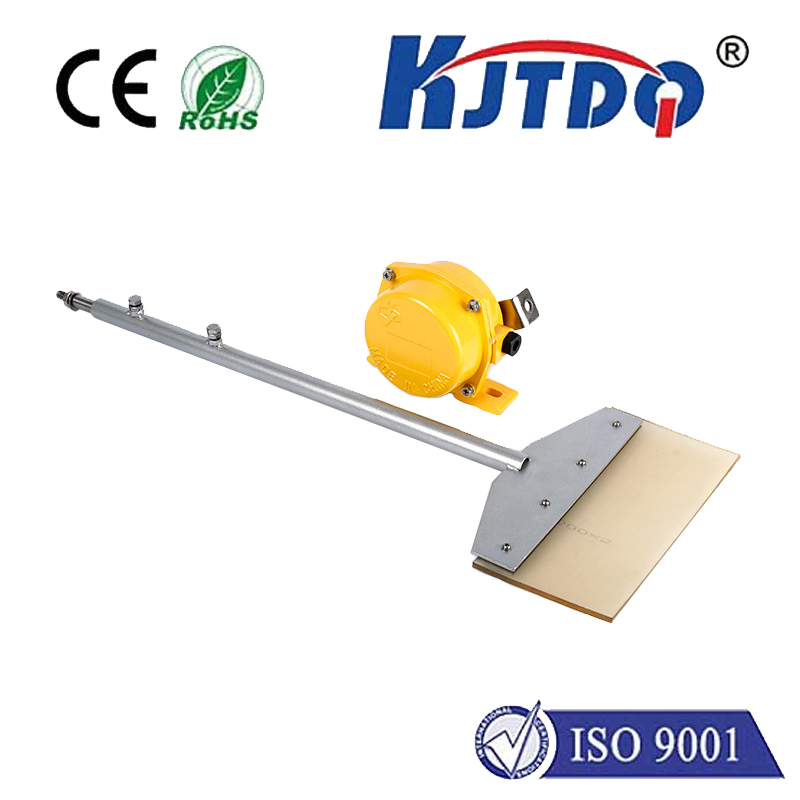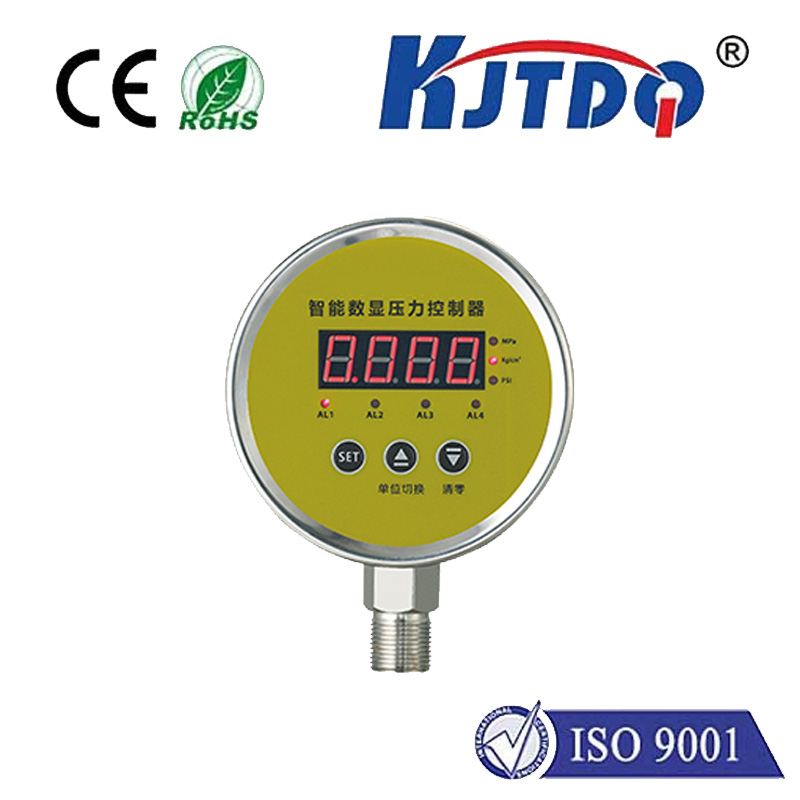correvit sensor
- time:2025-08-14 11:54:43
- Нажмите:0
Correvit Sensor: The Gold Standard in Non-Contact Speed and Distance Measurement
Imagine a high-performance race car screaming down the track, its engineers needing absolute certainty about its true speed relative to the road surface, not just wheel rotation. Or picture the rigorous proving grounds where autonomous vehicle developers test perception systems that require millimeter-accurate distance traveled over varying terrain. In scenarios demanding unparalleled precision in measuring speed and distance, while eliminating errors from wheel slip or deformation, one technology consistently rises to the top: the Correvit Sensor.
Developed and manufactured by Kistler, a global leader in sensor technology, the Correvit Sensor represents a sophisticated solution for applications where traditional wheel speed sensors fall short. Its core principle relies on optical correlation technology, a non-contact method that sets it apart as the benchmark for ground-truth reference measurement.
How Does a Correvit Sensor Work? The Science Behind the Precision
Unlike inductive or Hall effect sensors measuring wheel rotation, the Correvit Sensor doesn’t require physical contact with the vehicle’s drivetrain or wheels. Instead, it looks downwards at the road surface:

- Image Capture: A high-resolution camera integrated into the sensor continuously captures detailed images of the road texture directly beneath the vehicle. Think of it like taking rapid snapshots of the unique “fingerprint” of the asphalt or test surface.
- Pattern Correlation: Sophisticated onboard processing electronics analyze consecutive images captured by the camera. It searches for matching patterns – specific gravel particles, asphalt textures, or surface markings – that appear in sequential frames.
- Displacement Calculation: By precisely tracking how much these distinct patterns have shifted from one image to the next, and knowing the exact time interval between captures (and the distance from the sensor to the ground), the system calculates the lateral and longitudinal displacement of the vehicle relative to the ground.
- Speed and Distance Derivation: Instantaneous speed is directly derived by dividing the measured displacement by the time interval. Distance traveled is obtained by integrating (summing) this displacement data over time.
This fundamental approach renders the Correvit Sensor largely immune to errors caused by:
- Wheel Slip/Spin: Since it measures movement relative to the ground, not wheel rotation, tire slip during acceleration or braking doesn’t affect the speed and distance accuracy.
- Wheel Lockup: During ABS activation or locked-wheel skids, the sensor still provides the true ground speed.
- Tire Deformation/Size Changes: Variations in tire pressure, wear, or even changing to different tire sizes do not alter the measurement, as the sensor doesn’t rely on tire circumference.
- Surface Changes: The technology adapts to varying road textures, from smooth tarmac to coarse gravel.
Where Precision is Non-Negotiable: Key Applications
The Correvit Sensor finds its critical role in industries and applications where absolute measurement accuracy is essential for safety, performance, and validation:
- High-Performance Motorsports (F1, WEC, IndyCar, Rally): Engineers rely on Correvit data for:
- True Vehicle Speed: Essential for aerodynamic mapping, performance benchmarking, and understanding actual vehicle dynamics unaffected by wheelspin.
- Slip Angle Measurement: Combined with other sensors, Correvit provides the ground reference needed to calculate the crucial angle between the tire’s heading and its actual direction of travel (slip angle), critical for vehicle setup.
- Accurate Lap Distance/Sector Timing: Provides precise distance markers independent of GPS signal loss.
- Automotive Testing & Development (OEMs, Tier 1 Suppliers):
- ADAS & Autonomous Vehicle Validation: Correvit provides the ground-truth reference for speed and distance against which radar, lidar, camera, and fusion systems are calibrated and tested. Essential for functions like Adaptive Cruise Control (ACC), Automatic Emergency Braking (AEB), and Traffic Jam Assist.
- Durability & Proving Ground Testing: Accurately tracks distance traveled over punishing routes for reliability testing. Measures speed for controlled testing protocols.
- Brake Testing (ABS/ESP): Provides the true speed reference needed to evaluate braking performance and stability control intervention effectiveness, especially under high-slip conditions.
- Tire Testing: Measures slip directly and accurately for characterizing tire friction properties.
- Research & Academia: Universities and research institutions utilize Correvit sensors for fundamental vehicle dynamics research, friction measurement studies, and developing advanced control algorithms. Its non-contact nature and high accuracy make it invaluable for experimental work.
Why Correvit Stands Apart: Advantages Over Alternatives
While GPS and wheel speed sensors are common, the Correvit Sensor offers distinct advantages:
- Unmatched Accuracy & Resolution: Delivers millimeter-level displacement resolution and extraordinary speed accuracy, typically within ±0.1% to ±0.2%.
- True Ground Reference: Directly measures motion relative to the ground, eliminating errors from tire slip or deformation – the defining benefit.
- High Bandwidth: Capable of capturing very rapid changes in speed and displacement, crucial for dynamic testing events like braking maneuvers.
- Non-Contact Measurement: Eliminates mechanical wear and simplifies installation compared to wheel-mounted sensors. Does not interfere with the vehicle’s drivetrain.
- All-Weather Capability: Modern systems are designed to perform reliably in diverse conditions, including rain, fog, and varying light levels.
The Evolving Technology
Kistler continuously refines Correvit technology. Modern sensors incorporate Spatial Filtering techniques, enhancing signal quality and noise immunity. The integration of Correvit-MF (Multi-Function) units combines speed, distance, and even surface temperature and roughness measurements into a single compact sensor head, further boosting their utility in complex testing scenarios. Seamless integration with high-performance data acquisition systems ensures the invaluable ground-truth data can be easily synchronized with hundreds of other vehicle parameters.
In the relentless pursuit of performance, safety, and innovation within the automotive and motorsport worlds, having access to the most reliable and accurate data is paramount. For measuring true speed and true distance traveled, irrespective of what the tires are doing, the Correvit Sensor remains the undisputed technological leader, providing the critical ground-truth reference that engineers and developers trust implicitly. Its unique optical correlation principle continues to unlock insights that drive the future of vehicle dynamics and automated driving systems.

